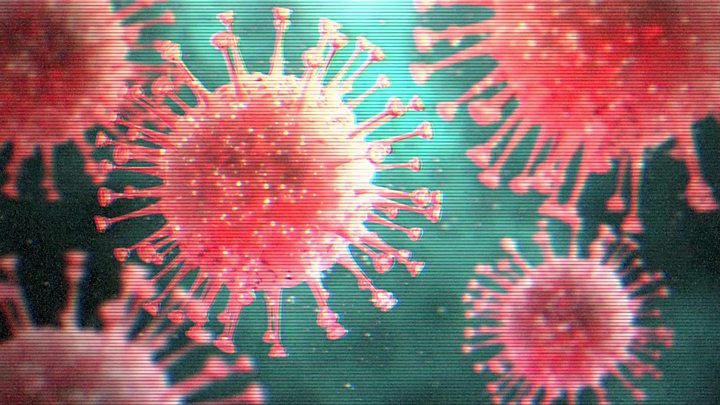
New Delhi: The current geographic distribution of the coronavirus disease (Covid-19) has a strikingly similar pattern with the H1N1 pandemic influenza in 2009, according to the containment plan released by the government on Saturday to prevent an upsurge of the viral outbreak across hotspots in the country.
The plan suggests that even though the spread of the viral outbreak among the population could be high, it’s unlikely that it will affect all parts of the country in a uniform manner.
India is experiencing a large-scale outbreak that “calls for a differential approach to different regions of the country while mounting a strong containment effort in hotspots”, said the document released by the Union Ministry of Health and Family Welfare.
“The objective of this containment plan is to stop the chain of transmission and reducing the morbidity and mortality due to Covid-19,” it said.
Delhi, Karnataka, Kerala, Maharashtra, Rajasthan, Tamil Nadu, Telangana, and Uttar Pradesh are among the states that have reported a large number of cases to date.
Clusters or hotspots that require aggressive containment strategies such as door-to-door screening, random testing and complete restriction of the movement are being carried out in states such as Kerala, Maharashtra, Rajasthan, Uttar Pradesh, Delhi, Punjab, Karnataka, Telangana, and the Union Territory of Ladakh.
Covid-19 positive cases have been reported from at least 211 districts across the country and the risk of further spread is rather high, warned the document.
It was observed during the H1N1 Influenza pandemic in 2009 that big cities with a substantive population movement reported a large number of cases, but rural areas and smaller towns with low population densities and relatively poor road, rail, and air connectivity recorded much fewer cases.
Large-scale measures to contain Covid-19 over large territories have been tried in China. Mathematical modeling studies have suggested that containment might be possible especially when other public health interventions are combined with an effective social distancing strategy.
“The large outbreak in India is still amenable to containment. All states have put in place aggressive containment measures. Besides, we haven’t reached that stage where the outbreak is uncontrolled,” said a senior health ministry official, requesting anonymity.
The technical experts dealing with containment measures have framed five specific targets such as travel-related cases, local transmission, large outbreaks amenable to containment, widespread community transmission and the country becoming endemic to Covid-19, and plan to focus on them from now on.
The states are managing clusters by extensive contact tracing for Covid-19 positive cases within the containment zone, testing all suspects and their high-risk contacts, isolating all suspected and confirmed cases, providing medical care, quarantining contacts, implementing social distancing measures and intensive risk communication.
Geographic quarantine strategy is being implemented with a complete ban on the movement of people to and from a relatively large defined geographic area, where a single large cluster or multiple clusters have been reported.
Such containment measures have been put to use in Delhi’s Dilshad Garden and Nizamuddin areas, Rajathan’s Bhilwara, Agra, Mumbai’s Dharavi slums and Kerala’s Kasaragod and Pathanamthitta districts.
“This is what’s being done on the ground from where a large number of Covid-19 positive cases have been reported. Most of these can be traced back to patients who have had an international travel history. The percentage where the contacts haven’t been traced yet to too insignificant to cause any panic,” the official added.
The testing criteria, however, remains the same.
All symptomatic, individuals who have undertaken international travel in the past 14 days, all symptomatic contacts of laboratory-confirmed cases, all symptomatic healthcare workers, all hospitalised patients with severe acute respiratory infections (SARI) and asymptomatic direct and high-risk contacts of a confirmed case should be tested once between day five and 14 of coming in contact. The testing will continue for 14 days from the date the last confirmed case is declared negative by a laboratory test, the document said.